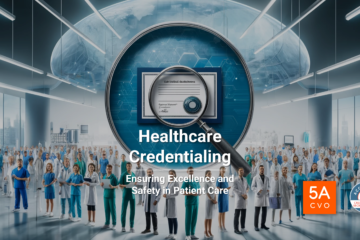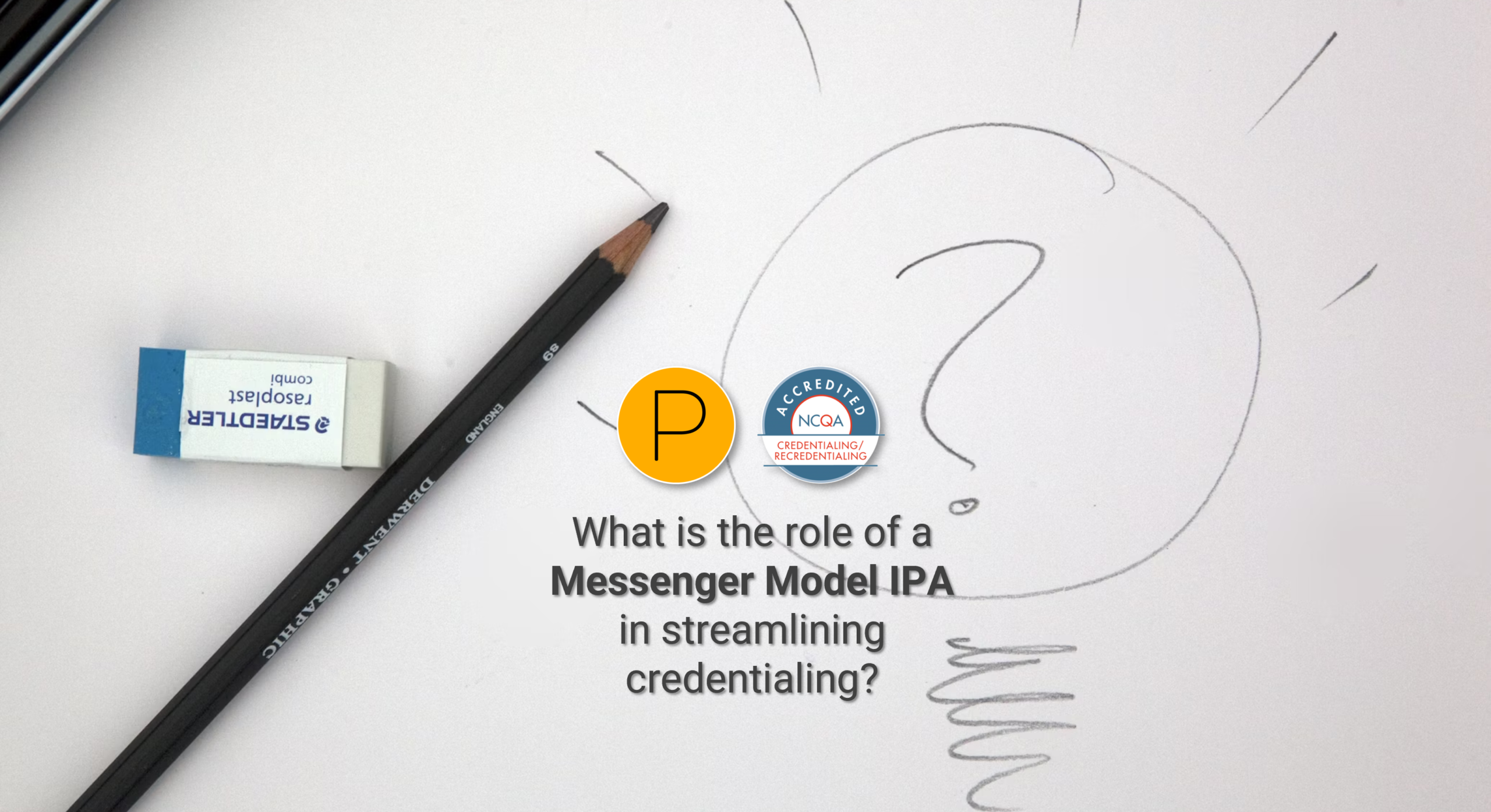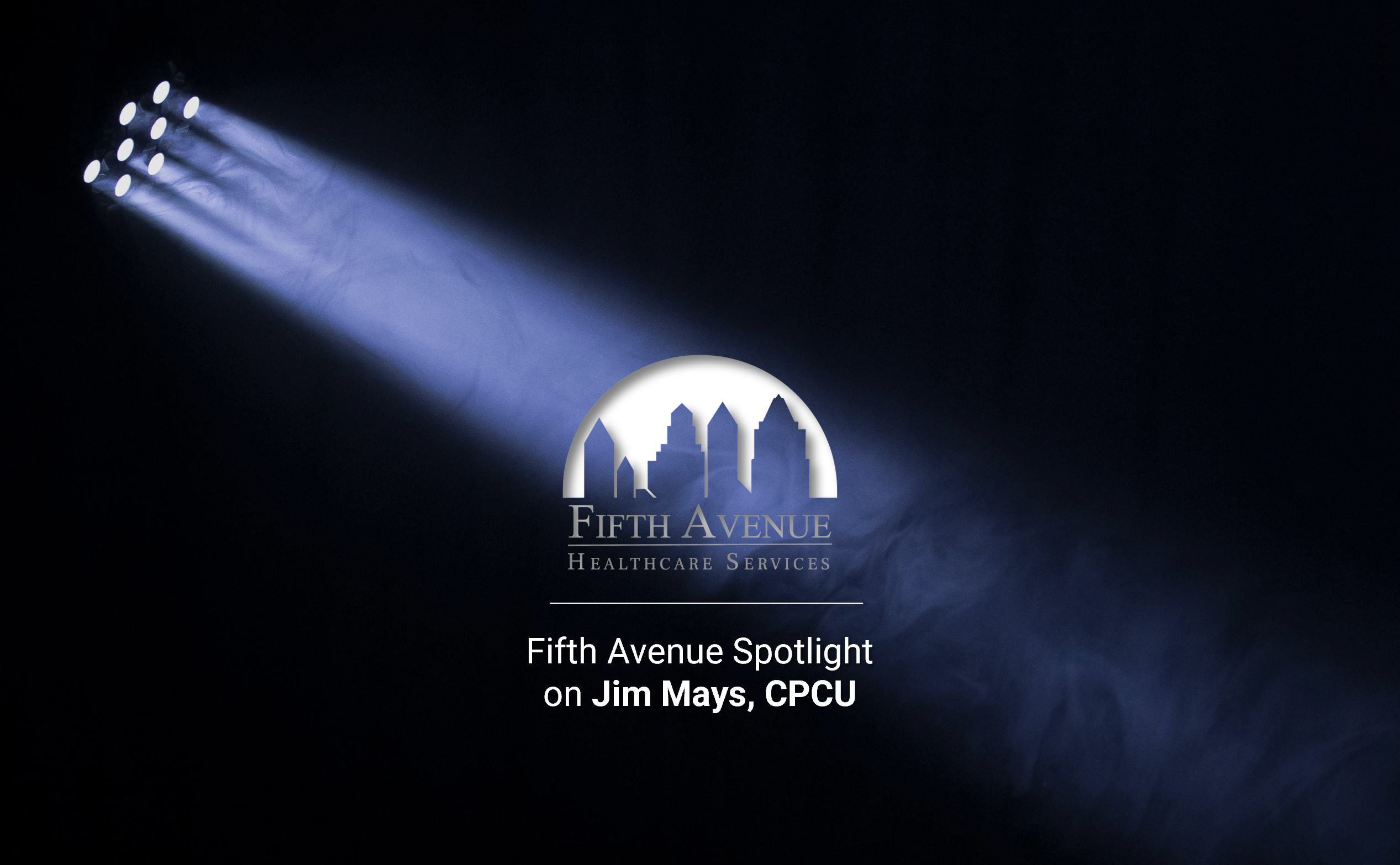The past few months have been a season of change for healthcare in the United States. With the emergence of monkeypox and sweeping abortion reform, the medical landscape continues to be rocked by one event after another.
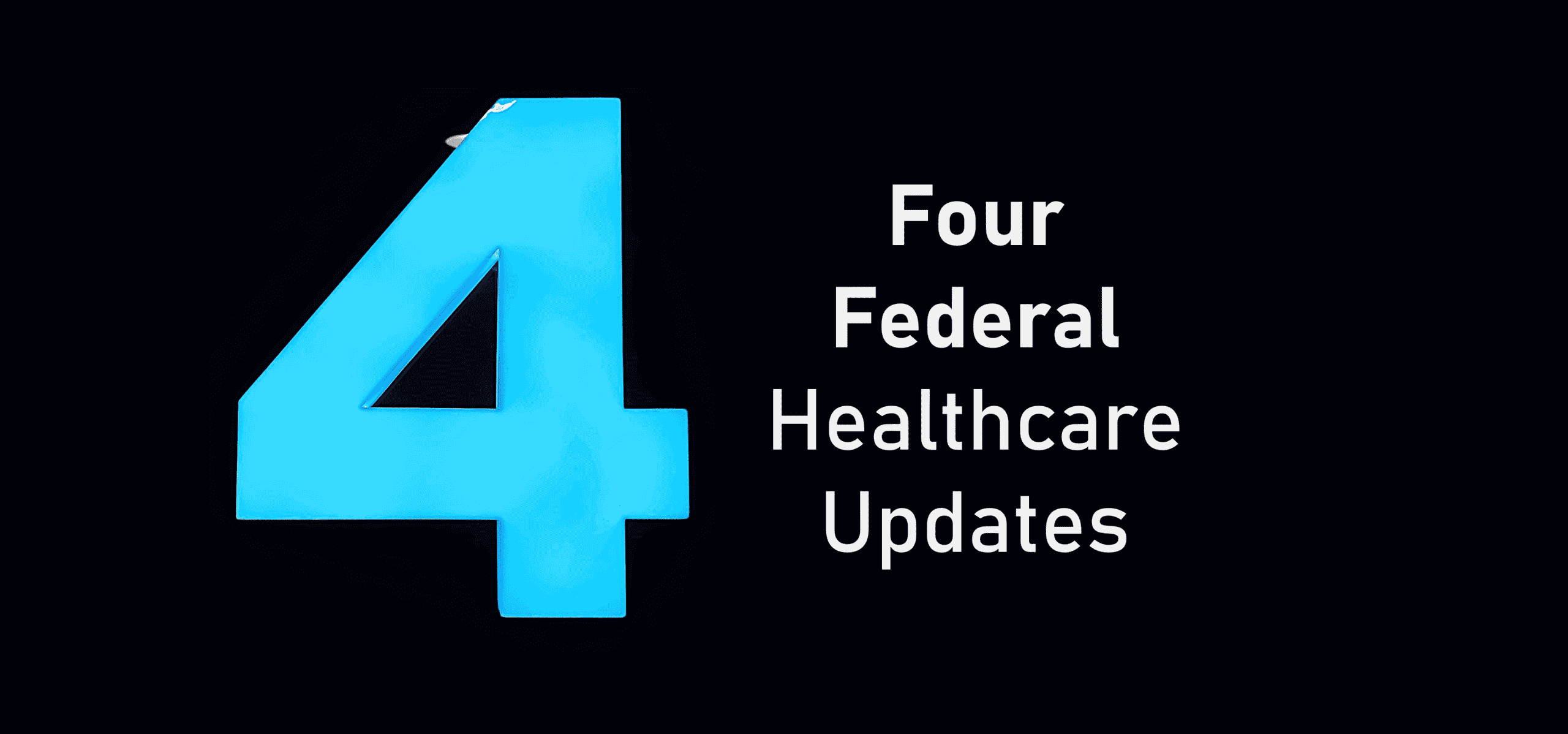
Here is everything you need to know about our top 4 important federal healthcare updates.
1. Federal Healthcare Update: Monkeypox Declared a Public Health Emergency
On August 4, 2022, the Biden administration declared the monkeypox outbreak a national health emergency. The declaration came when cases in the United States reached approximately 7,000. The Centers for Disease Control and Prevention (CDC) currently counts almost 11,000 confirmed cases nationwide. New York has the most cases, with 2,000+.
Worldwide, there are almost 32,000 cases with 12 deaths. The United States leads the world with active cases. The Monkeypox virus is part of the same family of viruses that causes smallpox. Symptoms are similar to smallpox but not as severe. The most common symptom is a rash.
Other monkeypox symptoms can include:
- Chills
- Exhaustion
- Fever
- Headache
- Muscle aches and backache
- Respiratory problems
- Swollen lymph nodes
Although monkeypox is rarely fatal, it can spread to anyone through close contact. The CDC states 99%+ of people who contract the virus will likely survive.
Declaring the monkeypox outbreak as a public health emergency frees federal money so officials can increase vaccine and treatment options and fund research on the virus. Vaccine distribution has hit a roadblock as the only-FDA approved vaccine, the Jynneos vaccine, is in short supply.
The emergency declaration is expected to hasten the development of new and alternate vaccines. The order also allows the CDC to collect monkeypox patient data to further their effort to fight the latest virus outbreak.
2. Federal Healthcare Update: Medicare Payment Rates Rise
The Centers for Medicare & Medicaid Services (CMS) released its annual Inpatient Prospective Payment System final rule on August 1, 2022. The 2,087-page document is effective October 1, 2022.
The CMS final payment rule main points include the following:
- Revising the Medicare hospital inpatient prospective payment systems for operating and capital-related costs of acute care hospitals.
- Making changes relating to Medicare graduate medical education for teaching hospitals.
- Updating the payment policies and the annual payment rates for the Medicare prospective payment system for inpatient hospital services provided by long-term care.
- Hospitals.
- Establishing new requirements and revising existing ones for eligible hospitals and critical access hospitals participating in the Medicare Promoting Interoperability Program.
- Updating the policies for Hospital Readmissions Reduction, Hospital Inpatient Quality Reporting, Hospital VBP, Hospital-Acquired Condition Reduction, PPS-Exempt Cancer Hospital Reporting, and the Long-Term Care Hospital Quality Reporting programs.
- Revising the hospital and critical access hospital conditions of participation for infection prevention and control and antibiotic stewardship programs.
- Clarifying the policies related to the costs incurred for qualified and non-qualified deferred compensation plans.
Also, under this final rule, acute care hospitals will receive a 4.3% percent increase in Medicare rates in the fiscal year 2023 if they report quality data and are significant users of EHRs. Additionally, “Birthing-Friendly” hospital designations will come into effect in Fall 2023.
American Hospital Association Executive Vice President Stacy Hughes says the payment update does not help hospitals overcome expenses originating from inflation and staff shortages. However, it is a step in the right direction.
Hughes says, “CMS will use more recent data to calculate the market basket and disproportionate share hospital payments, which yields far more accurate figures that better reflect the historic inflation and tremendous labor and supply cost pressures hospitals and health systems face.”
These changes come over a year after other CMS shake-ups.
CMS Medicare Physician Fee Schedule Changes
Last year, the CMS issued rule changes to the Medicare Physician Fee Schedule that took place on January 1, 2022—some of the changes sought to alter a Medicare physician’s fee and address payment policies.
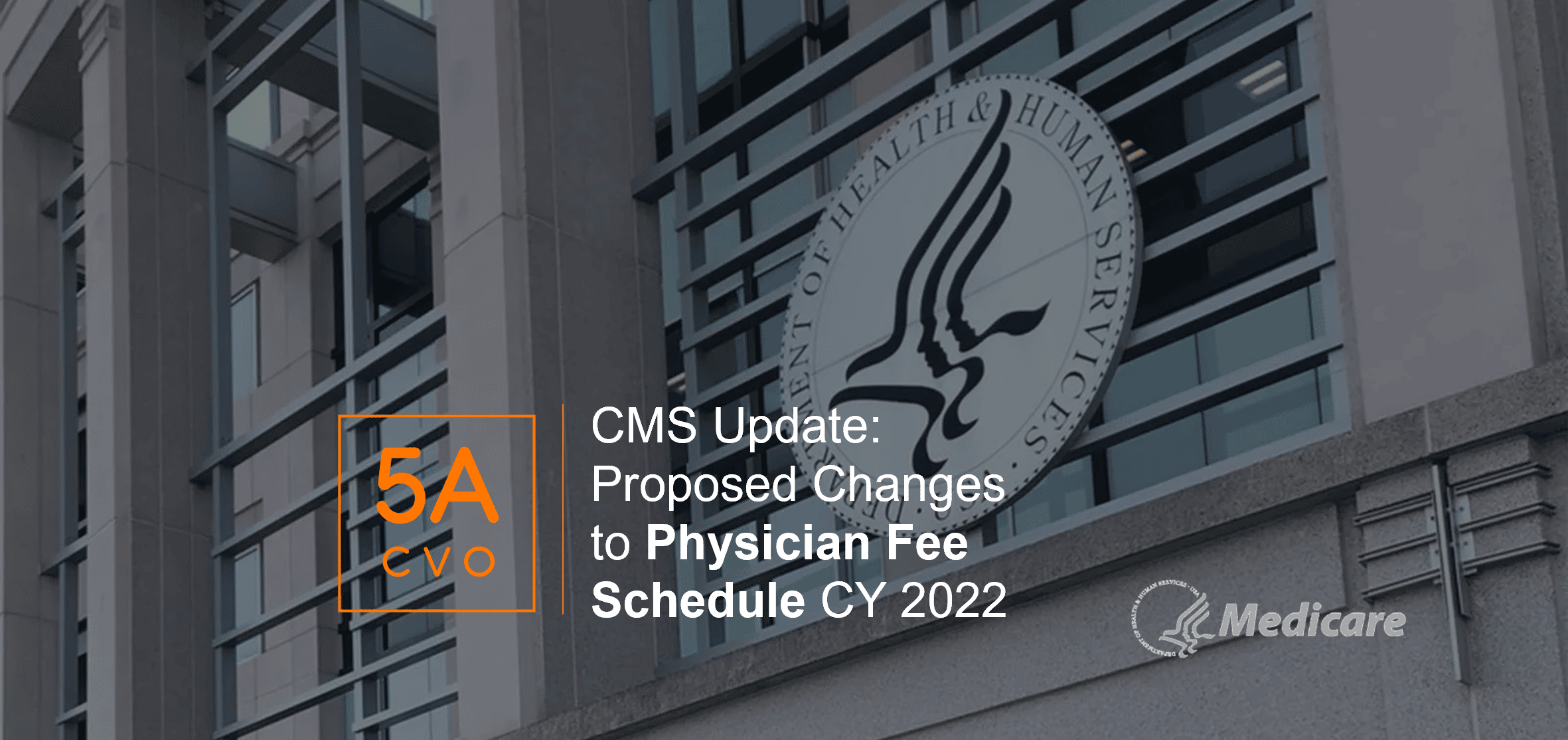
Other CMS Physician Fee Schedule proposed changes include:
- Updating the rates for equipment pricing and practice expenses for the Calendar Year 2022.
- Reviewing payment policies for Evaluation and Management visits.
- Revising critical care services policies.
- Including teaching physicians’ total time when determining Evaluation and Management visit levels.
- Making provisions to keep certain services on the Medicare telehealth list until the end of 2023.
- Requiring CMS to pay 85% of the applicable Part B payment amount for physical and occupational therapy services provided in whole or in part by physical and occupational therapy assistants.
- Allowing Physician Assistants to bill Medicare for their services directly and to reassign payment.
- Planning to acquire data from stakeholders about the costs of supplying preventive vaccines to develop more accurate service rates.
- Aligning the payment policies for Medical Nutrition Therapy services and related services with the Affordable Care Act of 2010.
- Implementing a special payment rule for procedures planned as colorectal cancer screening tests but resulting in additional services.
- Allowing Opioid Treatment Programs to provide counseling services via audio-only methods after the COVID-19 public health emergency is concluded when the patient does not have access to both audio-and-video communications.
- Giving more support to Rural Health Clinics and Federally Qualified Health Centers to provide care to underserved Medicare beneficiaries.
- Postponing the start date for compliance with the SUPPORT Act to January 1, 2023.
- Requiring certain manufacturers to report drug pricing information for Part B.
- Requesting information to determine the average sales price for certain self-administered drugs.
- Making the option for laboratories to maintain logs of miles electronically traveled for trained staff to travel to a patient’s location to collect a specimen sample permanently.
- Increasing specimen collection from homebound patients to $23 to 25.
- Removing the requirement that the treating physician makes a medical nutrition therapy referral.
- Proposing to clarify that medical nutrition therapy services are paid at 100% of 85% of the PFS amount without any cost-sharing.
- Setting the effective date of the Appropriate Use Criteria Program to January 1, 2023, or the January 1 that follows the declared end of the COVID-19 public health emergency.
- Exploring the coverage expansion of outpatient pulmonary rehabilitation services, paid under Medicare Part B, to COVID-19 patients who still experience symptoms for at least four weeks after being hospitalized.
- Streamlining the Shared Savings Program application process.
- Proposing to change any overlapping of general and ownership payments by implementing only one type of ownership record.
- Revise several provider enrollment rules.
- Revising the data collection period and reporting period for specific ground ambulance organizations in their third year.
CMS’ COVID-19 Accelerated and Advance Payments
As part of the Coronavirus Aid, Relief, and Economic Security Act, the CMS authorized accelerated and advance payments to any Medicare physicians, providers, or suppliers submitting requests to the appropriate Medicare Administrative Contractor. The Accelerated and Advance Payment Program is for the duration of COVID-19.
Qualified physicians must:
- Have billed Medicare for claims within 180 days immediately before the date of signature on the physician’s request form.
- Not be in bankruptcy.
- Not be under active medical review or program integrity investigation.
- Not have any outstanding delinquent Medicare overpayments.
3. Federal Healthcare Update: U.S. Healthcare Spending Declines
A recent report found that healthcare spending in the United States declined for the first time in 60 years. In the first quarter of 2022, healthcare spending dropped by 1.7% compared to the previous year’s percentage.
Inflation has played a significant role in affecting hospital input costs. COVID-19 has also wreaked havoc on the medical industry. Workforce and contract labor, drug, and medical supply expenses also factor heavily into the dip.
The American Hospital Association provided the following data that shows the costs of caring from 2019 to 2021:
- Labor expenses rose 19.1%.
- Supply prices rose 21% per patient.
- The average drug price per patient jumped 37%.

Experts believe this trend is temporary and will subside when the economy rebounds.
4. Federal Healthcare Update: CMS Plan Addresses Maternal Health Crisis
On July 27, the CMS launched its Maternity Care Action Plan to back the Biden administration’s pledge to rectify the looming maternal health crisis. The multi-agency plan hopes to “improve maternity care access and quality is designed to improve health outcomes and reduce disparities.”
The Maternity Care Action Plan seeks to improve maternity care access and quality, including:
- Guarantee access to Medicaid for a year after pregnancy.
- Protect patients’ access to emergency care.
- Ensure access to contraception methods.
- Reduce Medicaid gaps in coverage during and after pregnancy.
- Protect patients from unexpected medical bills.
- Create the aforementioned “Birthing-Friendly” hospital designation.
- Encourage evidence-based hospital quality improvement.
- Expand and improve access to a diverse maternity care workforce.
A Healthcare Industry in Turmoil
Legislative changes have impacted the healthcare industry in unimaginable ways. Add several concurrent public health emergencies and nationwide inflation, and you have a perfect storm of prohibitive costs and legal risks.
While the federal government works to restore the industry to a calmer state, healthcare providers and organizations should do their part to help ensure safe and effective treatment and the efficiency with which they get paid for their services. Medical credentialing, provider enrollment, medical malpractice, and medical professional liability insurance can align providers with regulations and expectations.

Physicians who stay current with modern standards can hopefully weather any future storms that may head their way.
More information about Fifth Avenue Healthcare Services
Fifth Avenue Healthcare Services is a NCQA Credentialing Accredited family of healthcare companies. Sister companies include 5ACVO (credentialing and primary source verification specialists), Fifth Avenue Agency (MPLI and medical malpractice insurance specialists), and Primoris Credentialing Network (credentialing and provider enrollment specialists with 54+ health plan and network provider enrollment options).
This article was initially published by Fifth Avenue Healthcare Services here. For more information on Fifth Avenue Healthcare Services, please visit FifthAvenueHealthcareService.com or Contact Us.


